HOME >>
Patrols in Hainan get more power to stop illegal sea entry
Source:Globaltimes.cn Published: 2012-11-28 14:40:00
| Latest News |
Hainan gives police power to stop illegal sea entry
Border patrol police in China's southernmost province of Hainan on Tuesday were given the power to embark on and check ships which illegally enter its waters.
| Detailed Regulations |
A newly revised maritime regulation was enacted by the Standing Committee of Hainan Provincial People's Congress on November 27.
★The regulation defines six practices of illegal activities of foreign ships or crews. These include illegal landing on the islands under the jurisdiction of Hainan, damaging coastal defense facilities or facilities for production and living, and carrying out publicity campaigns that endanger China's national security.
★The police can land on, check, seize and expel foreign ships illegally entering the island province's sea areas.
★Hainan border police are entitled to use these measures to stop the illegally entering ships or to force them into changing or reversing course
★According to the UN Convention on the Law of the Sea, foreign ships are only allowed to make inoffensive passage through China's territorial waters, meaning they can neither stop nor drop anchor.
★In the past, when foreign ships broke the UN convention, the best thing our patrol force could do was chase them out of China's waters. This new regulation will change that situation and grant the patrol force the legal means to actually do its job.
Source: Xinhua-Global Times
| Viewpoints |
| South China Sea Conflict |
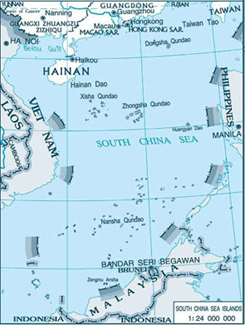 Photo: China's National Administration of Surveying, Mapping and Geoinformation |
★The South China Sea covers an area of 700,000 square kilometers, and some 200,000 square kilometers of waters are settled. The region has abundant resources of oil and natural gas, and some surrounding countries have been exploring resources there for years. ★China has declared indisputable sovereignty over South China Sea islands and their surrounding waters, but several Southeast Asian countries, including Vietnam and the Philippines, have made competing claims. ★Countries including Vietnam, Brunei, Indonesia, Malaysia and the Philippines lay claim to parts of the South China Sea, which contains important shipping routes and is also believed to contain rich oil and gas reserves. The issues in the South China Sea are not only a conflict over the islands, but also includes resources of oil and natural gas, underwater archaeology, hydrogeothermal and fishery. |
| China's Actions |
| GT editorial: The idea of establishing Sansha city emerged as early as 2007, but was shelved due to protests by Vietnam. Now China has taken a concrete step, signaling its determination to administer the Nansha Islands and related sea areas. The new level of management carries more weight than the law of Vietnam.More |
| The on-going passport row can be solved via diplomatic channels. After all, it is not possible to suspend Sino-foreign personnel exchanges due to this episode.------Zhao Gancheng, an expert on Southeast Asia at the Shanghai Institute for International Studies |
| Related Reports |
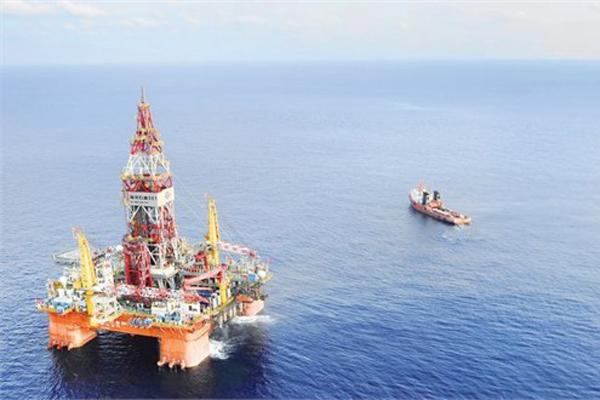 |
Peace will be a miracle if provocation lasts The standoff over Huangyan Island in the South China Sea continues and Manila appears fully prepared to create more tensions. China's foreign ministry has noted that China is fully prepared to respond to Manila's move to escalate the situation. The remarks are seen as China sending a sign that it will not rule out the use of force. |
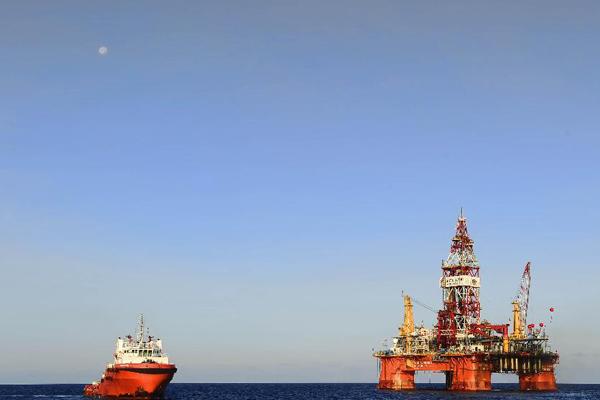 |
Deep-water drilling starts The nation's first indigenous deep-water drilling rig, the CNOOC 981, will begin operations on May 9 in an area in the South China Sea 320 kilometers southeast of Hong Kong. The move, hailed by analysts as an effective way to reinforce China's territorial claims in the region, came amid an ongoing standoff between Chinese and Philippine ships in waters near Huangyan Island. |
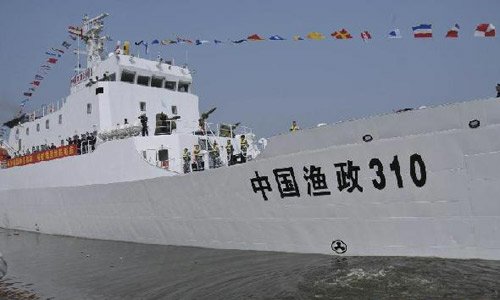 |
China de-escalates situation in Huangyan Island by withdrawing two vessels China is de-escalating the situation in Huangyan Island in South China Sea by withdrawing two law enforcement vessels, Zhang Hua, spokesman of Chinese Embassy in the Philippines said on April 23. Two Chinese vessels, a Fishery Administration ship "Yuzheng-310 " and a Chinese Maritime Surveillance ship No. 084, have already left the Huangyan Island area by April 22, Zhang said. "There is only one Maritime Surveillance ship remaining in the Huangyan Island area for its law enforcement mission." |
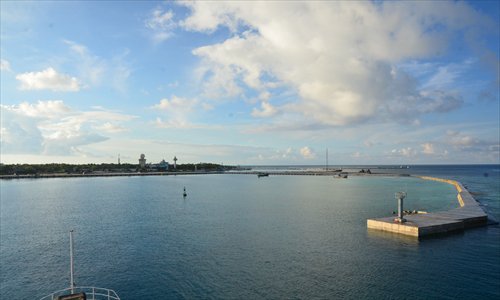 |
Sansha new step in managing S.China Sea The Chinese government has raised the administrative status of Xisha, Zhongsha and Nansha islands in the South China Sea from county-level to prefectural-level, according to a statement on June 21. |
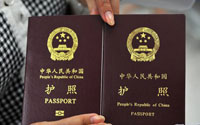 |
China's new passport map riles neighbors Vietnam's immigration authorities are issuing separate visa sheets to new Chinese passport holders instead of stamping directly on visa pages, after Beijing issued new passports that include a map of territories also claimed by other countries. |
Posted in: